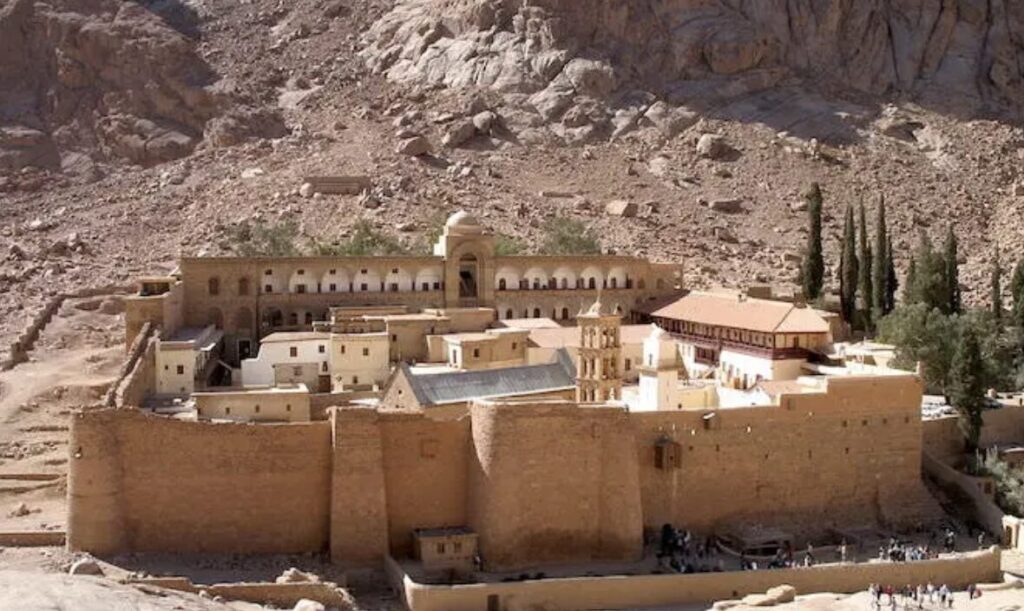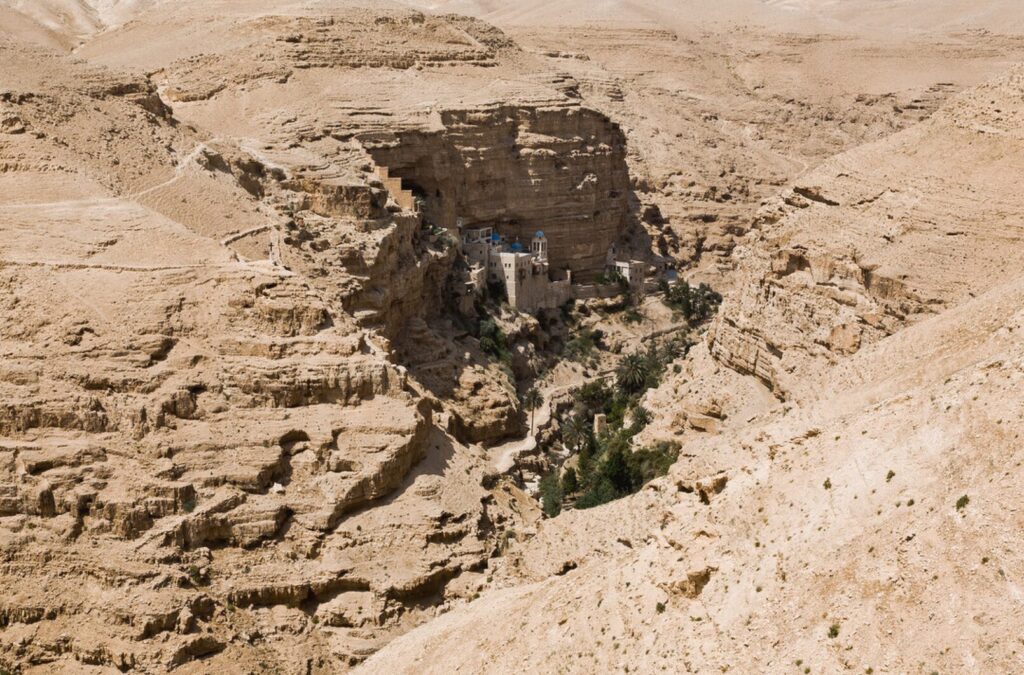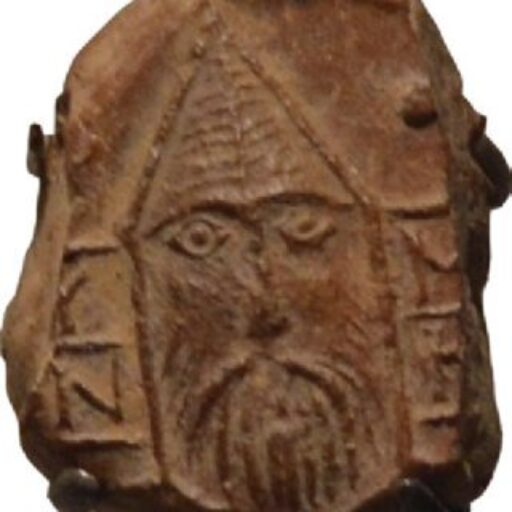
Fleeing the trappings of Empire
Beginning in the 300s CE, spiritual seekers left everything behind for the abandoned desert places where new communities formed what become proto-monasticism
The Desert Era
At the height of the movement, up to a half a million people lived in the desert places, often praying and fasting alone in small huts they made from dirt or piling up rocks or cut out of rock. These were called “cells”. See some examples below.
Such hermits met together weekly for worship and celebrating the Eucharist.







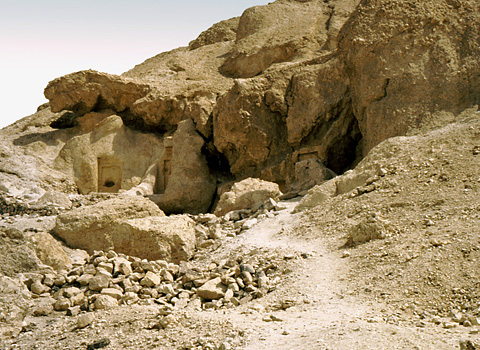

Egyptian Desert Communities

Desert Wadis

Some areas in the desert have plant life and water in wadis. A wadi is usually a dry riverbed that floods occasionally. Spiritual Seek in the desert places needed wadi and other water sources like wells to survive.
Historic Figures and Their Lifespans
It helps to visualize the overlap of various (male-only in this case) teachers lifespans during and after the time of Christ. The first block ends at 300 CE and the second goes to 600 CE

(male) Spiritual Mentorship among some main figures during the Desert Era
Here you can visualize the spiritual influence that various teachers and spiritual fathers had during the desert area (male-only in this case). Many of these names are listed as their Greek transliteration.
• A stark omission is the influence of spiritual mother, Amma Melania the Elder, on Evagrios Pontikos (a.k.a.) Evagrius Ponticus.

Coptic means Egyptian
Many of the desert era communities were located in the Egyptian deserts. The Coptic Orthodox Christians claim these places and people in their history and celebrate many of the wise men and women with feast days.
Places in Palestine, Syria, Arabia, and elsewhere also had communities
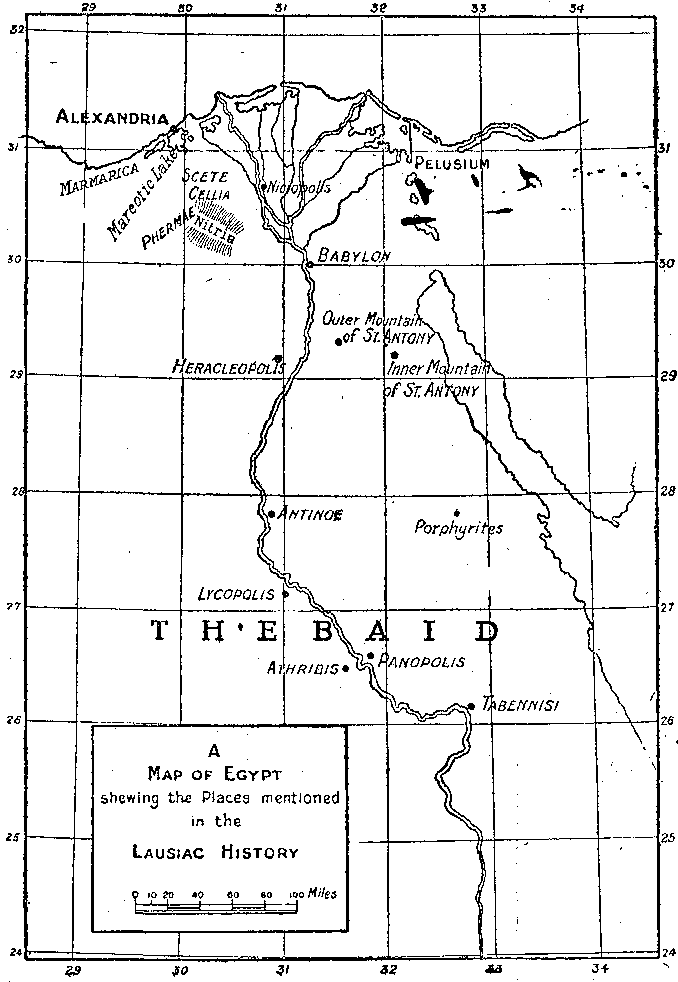
Cenobite means communal
Abba Pachomius (292-348 CE) is credited with using his military experience to formulate the ways for the promo-monastic desert communities to survive and thrive in the desert. His sister Mary oversaw a number of female communities.
Desert communities are still active today.
Though communities were raided and sometimes destroyed, some were rebuilt and continue to be home to monastics in the present day. Below are some examples in Egypt.
